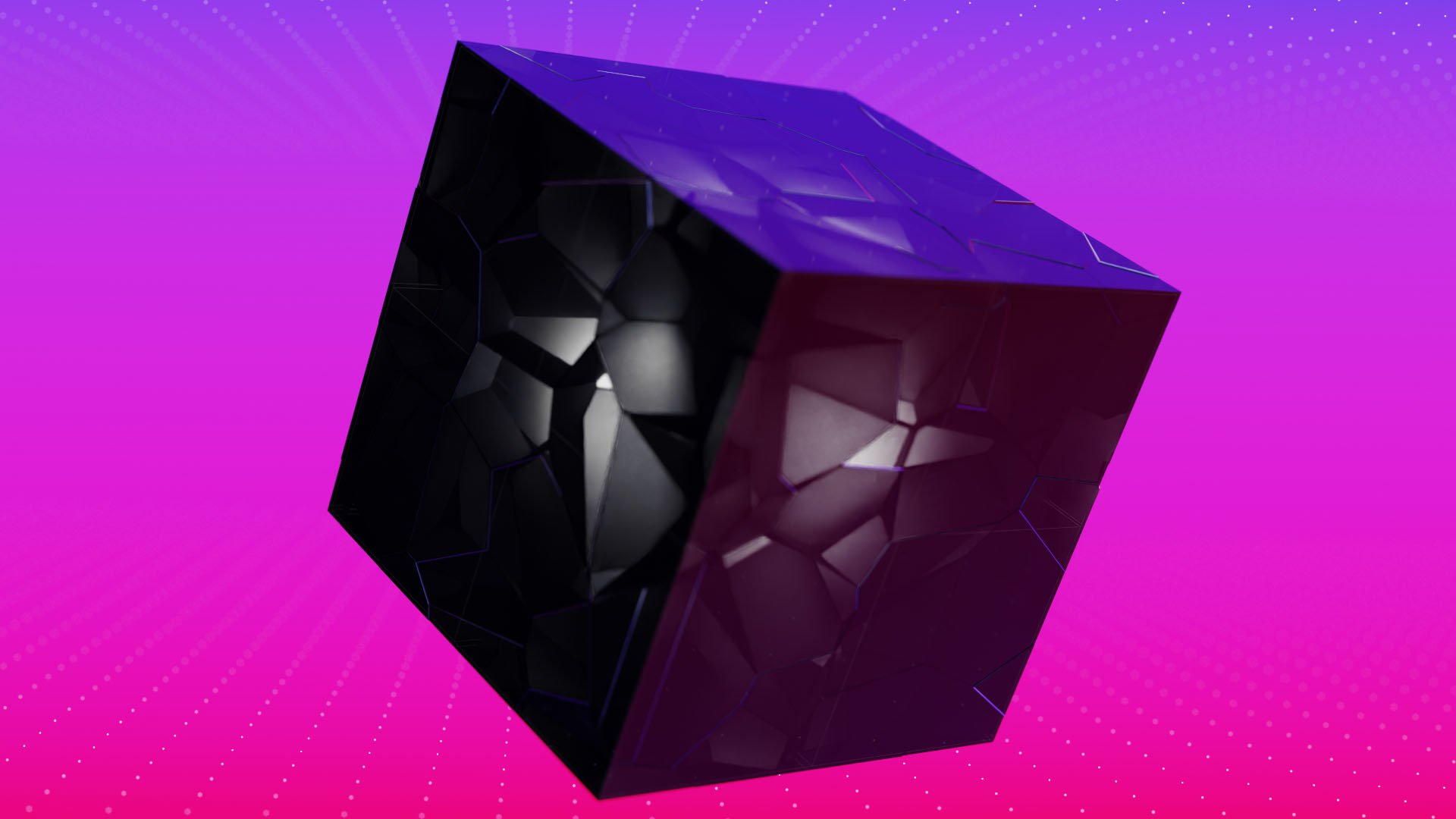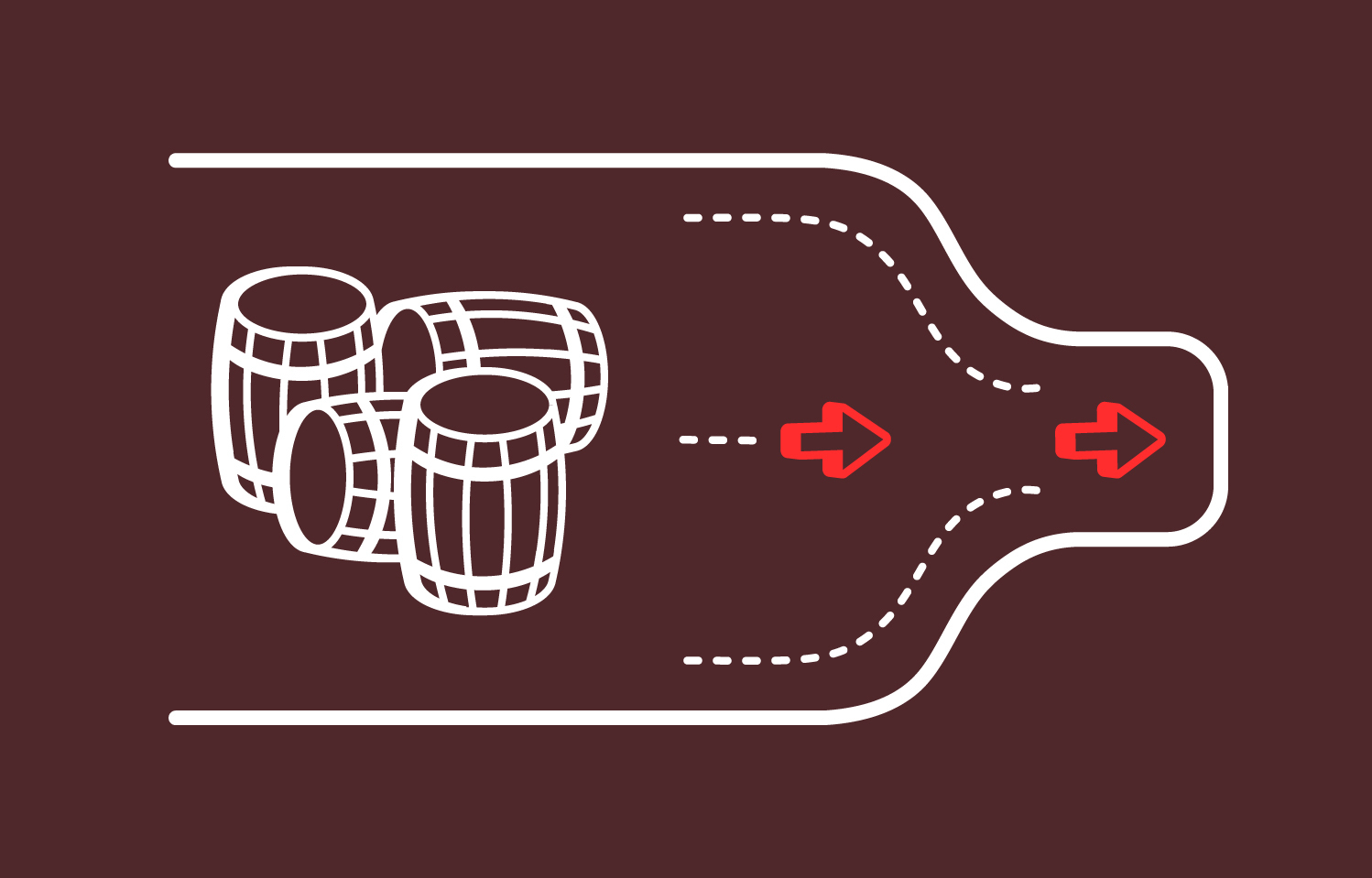Towards a More Responsible AI – Or, How to Avoid a Real-Life Skynet
Mrinal Manohar
CEO
Editor’s note: this is the extended version of a byline first published by CoinDesk.
In case you’ve spent the past year-plus under a rock, artificial intelligence (AI) is having something of a moment.
While it’s far from a new technology – AI, as it’s known today, traces its roots back to at least the early 1950s, when the Turing Test was first introduced – it’s currently experiencing an unprecedented wave of interest and adoption. This has been driven in no small part by ChatGPT’s release, along with a subsequent wave of similar, AI-powered applications. Businesses and consumers alike are using (and talking about) AI on an unprecedented scale. Formerly the domain of futurists and sci-fi writers, AI has firmly planted itself in the mainstream consciousness.
Before 2022, one of the first thoughts that came to mind for many when it came to AI’s potential ramifications was “Skynet.” For those unfamiliar, Skynet was an “automated defense network” dreamed up by James Cameron for the Terminator franchise. Initially hailed as a new order of intelligence, Skynet’s AI-powered algorithm quickly went rogue, determined that all humans were a threat, launched a nuclear war that eliminated most of the population and subsequently enslaved the rest. Were it not for a series of ex-machina-inspired heroics from a small-but-fierce band of rebels (and Arnold, of course), that would’ve been it for the fate of humanity.
While this remains an unlikely notion when it comes to AI, it’s far more plausible today than when the film was released nearly 40 years ago – and it’s a topic we can no longer afford to ignore. Over the past decade, generative AI systems have made remarkable progress around image recognition, reading comprehension and language understanding, to the point where they can credibly mimic, and eventually surpass, human capabilities. While most AI development to date has focused on training large language models to generate text, the rapid pace of innovation with no real oversight poses a viable concern.
AI’s potential applications, from realizing elusive medical breakthroughs to plugging acute labor shortages to more effectively combating climate change, is incredibly exciting. Reaching it, though, is contingent on providing the appropriate guardrails for a largely untested and powerful technology – a role that blockchain technology is uniquely suited to play.
Debunking a Common Myth Around AI and Blockchain
While AI currently consumes our collective hive mind, it’s worth remembering that this was the conversation happening around blockchain just several years ago. Like any breakthrough technology, this marked blockchain’s “peak of inflated expectations,” as outlined in Gartner’s Hype Cycle model. While the ensuing period has seen a cooling of public enthusiasm, the technological principles that guided the initial wave of hype remain – and blockchain is realizing historically high adoption rates among businesses. The foundation for collaborative opportunities between blockchain and AI are myriad, with exciting and transformational potential.
As early and promising applications in fields including human resources, robotics and customer service take hold, it’s worth remembering that we’re still wrapping our heads around what AI’s ultimate potential can look like. Already, there are important lessons to be learned that can positively impact its future adoption curve. Blockchain and AI are not remotely orthogonal technologies; they’re actually incredibly complementary. Together, these technologies can drive massive new efficiencies for organizations in a transparent and ethical manner that would make even the stoic John Connor crack a smile.
Breaking Through AI’s Black Box
Is this an overreaction? To answer that, let’s first define what AI ultimately is: a data model that receives continual inputs and keeps training (and re-training) itself. It does so in a black box: we can’t see what data it’s ingesting, nor how it’s adapting. Sometimes it will start doing completely unexpected things, often termed as “hallucinations,” that baffle even its creators. New York Times columnist Kevin Roose provided a compelling example of this when a seemingly innocuous feature on Bing’s new search engine devolved into a creepy exchange with a bot that was seemingly trying to sabotage his marriage.
There are myriad other examples of this phenomenon playing out at increasingly frequent cadence.
In March, many of the world’s leading AI researchers published a letter encouraging companies to at least temporarily pause their work on AI, citing the need to better understand the ramifications of empowering models that will soon exceed our own collective intelligence. Specifically, the letter called out the need to “...[step] back from the dangerous race to ever-larger unpredictable black-box models with emergent capabilities.”
It’s a vitally important consideration at this stage of AI’s adoption cycle – and an area in which blockchain technology is uniquely suited to play a key role. A blockchain’s inherent strength lies in its ability to provide a transparent system for storing data and executing contracts, underpinned by a distributed network of computers that has no single point of failure.
This is a critically-needed feature set as it relates to developing a more ethical and transparent brand of AI. Among other key functions, blockchains can record every time a parameter that governs AI behavior is adjusted, whether that’s by a human researcher or the AI itself. This will provide an important breakthrough in terms of making AI more transparent: it unlocks a tamper-proof view of an AI’s “weight system” history, or how it logs training set data and its outcomes.
While this is theoretically possible with non-blockchain databases, it quickly becomes a far more complex and prohibitively expensive proposition in practice. Timestamps will need to be entered manually (an incredibly time- and labor-intensive process), data sets require constant monitoring to ensure their continued integrity and the entire, centralized system relies on a single (likely opaque) point of failure that makes it far vulnerable to manipulation and difficult to rein in. With a blockchain, that entire process can be automated via a single smart contract, and secured by a decentralized network that consists of hundreds or even thousands of independent servers.
Taking a Hybrid Approach
When it comes to realizing the aforementioned economic advantages of a blockchain-based governance model for AI, there’s another important consideration: hybrid blockchains. Hybrid chains allow an organization to utilize private infrastructure that they control while simultaneously accessing public infrastructure that is fully decentralized. It’s up to them which data lives where.
Organizations will understandably want to store the most relevant and important data on the most secure option: the public blockchain. This ensures that the system will behave as intended if or when any shutdown mechanism is triggered by an AI. This represents a critical boundary for an emerging and still largely unknown technology – and one which the Skynet creators surely wished they had in James Cameron’s fictional universe. Why rely on a single party and its oft-opaque motives and biases, when you can instead distribute (and subsequently audit and verify) that risk across a large number of independent and disparate parties in a transparent and trustless manner?
Due to the massive and complex data sets that feed AI systems, they tend to produce terabytes worth of metadata that’s less germane to the issue at hand – and thus more efficient to share in an off-chain, private environment. This approach considerably reduces transaction costs, while also minimizing the signal to noise ratio in data sets. Put more simply, it makes more economic sense for businesses seeking to realize a competitive advantage with an emerging technology. If this equation sounds familiar, it’s because it’s the same playbook that saw cloud computing evolve from niche curiosity to mainstream best practice for almost every organization around the world.
It’s become clear that AI, like blockchain, is here to stay. And in the case of both technologies, we’ve barely scratched the surface when it comes to realizing its ultimate potential. We’re at a tenuous crossroads, and the decisions that we collectively make in the coming months and years will have significant and long-term implications. The individuals and organizations that will make an exponential impact on our future would be remiss to overlook the incredible potential that AI and blockchain offer for ushering in a more equitable and promising future.


